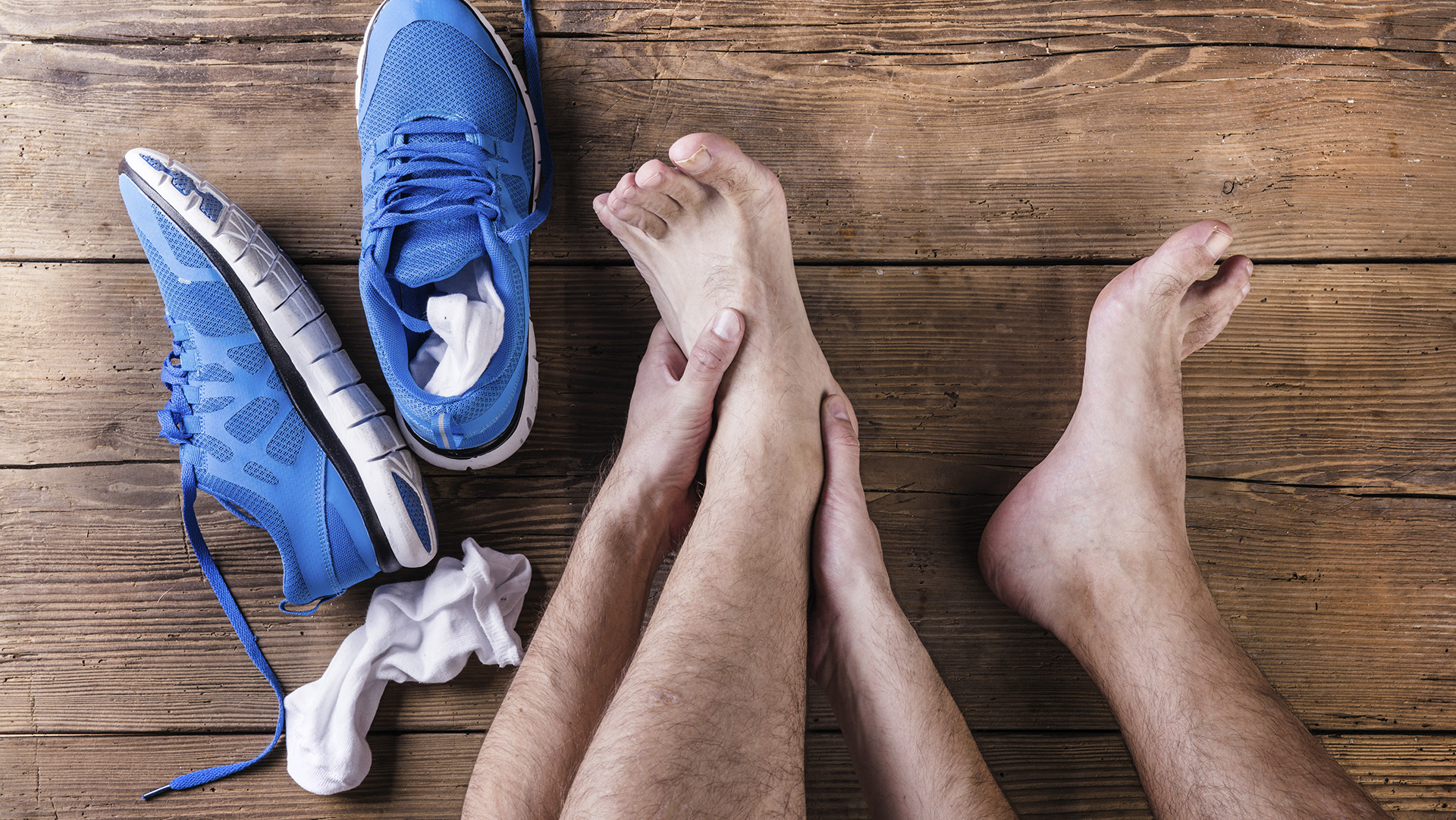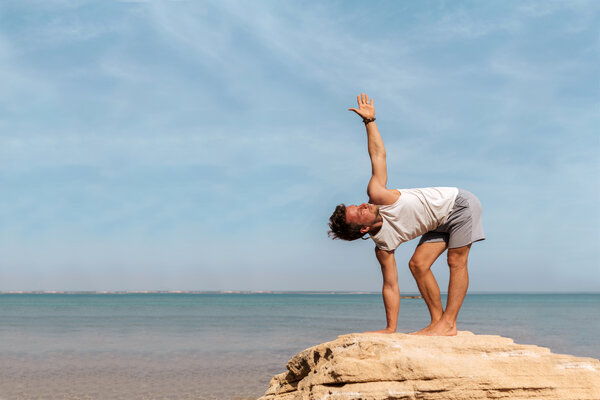-
Foot and heel pain, or plantar fasciitis, is a common roadblock to an active lifestyle. The classic presentation of plantar fasciitis is pain in the heel and/or arch of the foot, usually first thing in the mornings or after a period of rest. The pain may subside as the foot ‘warms up’, but it can be relentless throughout the day.
To relieve this pain, it helps to have an understanding of what plantar fasciitis is and why it occurs. The plantar fascia is one of the major soft tissue structures under the foot. It acts like a rubber band, lengthening and contracting with foot motion to provide foot stability and support.
If there is abnormal load on the plantar fascia (often from things like significant increase in exercise, poor footwear or poor lower limb mechanics), micro-tears may form, much like if you pull harshly on a rubber band. This can create an inflammatory process leading to pain and debilitation. Over time, it may lead to bone spur growth.
At night or during periods of rest (including sitting behind a desk), the body’s healing mechanisms start the repair process on the micro-tears. However, this fine work is quickly reversed with the first few steps you take, creating a re-tearing effect on the fascia.
"The plantar fascia acts like a rubber band, lengthening and contracting with foot motion to provide foot stability and support."
How to treat plantar fasciitis
The key is to break the cycle of tear-repair-tear by taking advantage of the body’s ability to repair, and reducing the likelihood of re-tearing.
Here are two things you can try:
1. Roll your foot over a glass bottle (or similar device) first thing before stepping out of bed to stretch and release the plantar fascia. Likewise, keep a frozen water bottle in the freezer at home and at work to massage the arch when eating breakfast, and at any other time when you will be sitting down for long periods. Keep it close and massage before you stand up.
2. Supporting your foot to reduce the load on the fascia is highly recommended. A health professional will help identify the individual factors requiring attention, including stretching, strengthening, training modification, running technique, footwear and poor foot mechanics, potentially requiring orthotics.
Most cases can be resolved with the simple management techniques described above. For cases that don’t respond to these methods, an immobilising aid such as a boot or crutches can be used, and a referral to a sports physician may be appropriate for further assessment and/or injection therapy.
How to relieve foot and heel pain

-
How to choose and fit the right sports bra
Professor Deirdre McGhee’s expert advice on how to find your perfect fit.
-
Why more women are embracing strength training (and why you should too)
Strength training for women has many physical and mental health benefits, from strengthening bones to burning calories. Learn what they are, and how to get started.
-
Yoga and Pilates are for men too
Yoga and Pilates are for men, too. Pilates instructor Anthony Lett shares the health benefits of stretching for men.
-
7 ways walking boosts your health
Walking is a fantastic way to improve your mental and physical health, including your risk of heart disease and type 2 diabetes. Read more about the benefits, and how to get started.
-
Can walking be as good as a run?
Walking has many health benefits but is it as good as running? Read more about the health benefits of walking, how it compares to running, and how to walk properly.
-
How to walk 10,000 steps
How long does it really take to walk 10,000 steps? It may not be as hard as you think!
Subscribe to receive the best from Live Better every week. Healthy recipes, exercise tips and activities, offers and promotions – everything to help you eat, move and feel better.
By clicking sign up I understand and agree to Medibank's privacy policy






